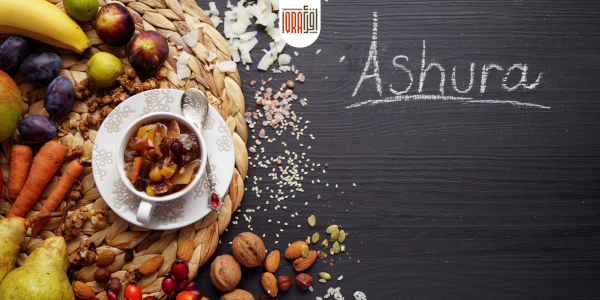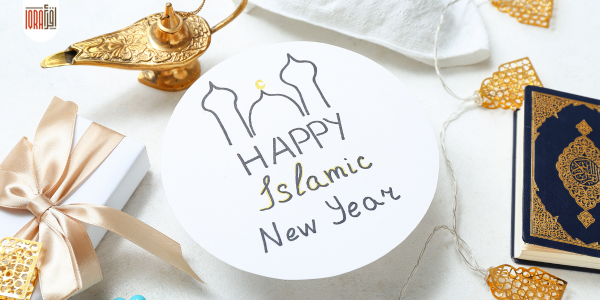As with all personalities, letters can sometimes be strong and buff, and sometimes silken soft. Let’s find out what agitates these letters, and what keeps them as sweet as buttercups…
In the previous post, we studied letters that are always mufakham (always said with tafkheem). This post hones in on the letters which are sometimes mufakham, and sometimes muraqqaq (not said with tafkheem).
![]()
These letters are four in total, the are
ا ل ر غنة
ghunnah raa’ laam alif
![]()
As the rules may get lengthy, I will only look at the letters laam, alif and ghunnah in this post.
![]()
The Tafkheem and Tarqeeq of Laam
The only time the letter ‘laam’ is mufakham is in lafthul jalaalah, i.e. the name of Allah – referring to the word itself: “Allah”. This occurs when the lafthul jalaalah is preceded by a fat-ha or dammah, or when you are starting recitation with it; such as in the examples:
اللَّهُ الصَّمَدُ
Allahu-samad
رَضِيَ اللَّهُ
Radiya-llahu
وَلِتُكَبِّرُوا اللَّهَ
Wa litukaburu-llaha
Notice: the fat-ha from the “a” sound starting the word Allah in the first example, is what makes the laam mufakhamah. This also happens but from the fat-ha from the word radiya in the second example.![]() As for the third example, the dammah comes from the word litukabbiroo… the waaw madeeyah is dropped (see why here), so the dammah before it becomes the acting diacritic, hence making the laam in lafthul jalaalah mufakhamah.
As for the third example, the dammah comes from the word litukabbiroo… the waaw madeeyah is dropped (see why here), so the dammah before it becomes the acting diacritic, hence making the laam in lafthul jalaalah mufakhamah.
![]()
However, when lafthul jalaalah is preceded by a kasrah, it is said with tarqeeq, examples of this are:
 لِلَّهِ الْمَشْرِقُ
لِلَّهِ الْمَشْرِقُ
Lillahil-mashriqu
وَيُؤْمِنْ بِاللَّهِ
Wa man yu’min billahi
وَمَنْ يَتَّقِ اللَّهَ
Man yattaqillaha
قُلِ اللَّهُمَّ
Qulilaahumma
![]()
In all other cases, the laam is said with tarqeeq, whether it has sukoon, fat-ha, dammah, or kasrah. Note from the third example above, “Allahumma” is just another form for the lafthul jalaalah, and so this rule still applies.
![]()
The Tafkheem and Tarqeeq of Alif![]()
The letter Alif that is being spoken about here, is specifically the Alif madeeyah. It’s rule is simple. Alif is mufakham when it follows a mufakham letter; and it is muraqaq when it follows a muraqaq letter. This means, when it follows any one of the 7 isti‘laa’ letters, alif is mufakham, when it follows the laam mufakhamah in lafhul jalaalah, the alif is said with tafkheem. Similarly, when it follows a laam or raa’mufhakhamah (keep in mind that raa’ may be said with tafkheem sometimes – next post insha Allah), the alif is also said with tafkeem. Examples of this are,
الضَّالِّينَ
Al-Daaleen
الظَّانِّينَ
Al-Thaaneena
قَالَ
Qaala
رَضِيَ اللَّهُ
Radiya-llahu
خَائِفِينَ
Khaa’ifeena
رَاجِعُونَ
Raaji‘oona
In all other cases, the alif madeeyah is said with tarqeeq.
![]()
The Tafkheem and Tarqeeq of the Ghunnah
The ghunnah, although not a letter itself, is a very important characteristic that completes the noon and meem sound – especially evident when they are saakin. As part of the rules of noon saakinah, when the letters not listed in ith-haar, idghaam or iqlaab follow a noon saakinah, ikhfaa’ is made (ikhfaa’ post here). As the reciter makes ikhfaa’ a ghunnah is sounded. This ghunnah can be mufakham or muraqaq.
It is mufakham when these five letters follow a noon saakinah:
ص ض ط ظ ق
qaaf thaa’ taa’ daad saad
What this means, is that the deep tongue is raised slightly higher (towards the roof of the mouth) while the ghunnah passes through the nasal passage, producing a heavier sounding ghunnah.
بَغْتَةً قَالُوا
Baghtatan Qaaloo
مَنْضُودٍ
Mandood
مِنْ طِينٍ
Minteen
يُنْصَرُونَ
Yunsaroon
![]()
At all other times, the ghunnah is said with tarqeeq. This beautiful sound should be soft, adding a light tone to the recitation.
![]()
Insha Allah next post I’ll focus on the rules of tafkheem and tarqeeq for the letter Raa’. I promise once you get that one down pat, it should be easy cruising for tafkheem and tarqeeq.
![]()
Resources Link:
– Sifaatul Huroof – Jadwal (Table of the Characteristics of the Letters)
– Sifaatul Huroof – Jadwal – by Sifah
– Sifaatul Aaridah – Tafkheem
![]()
Note, these documents are found on the resources page.





0 Comments
Oops comments are disabled